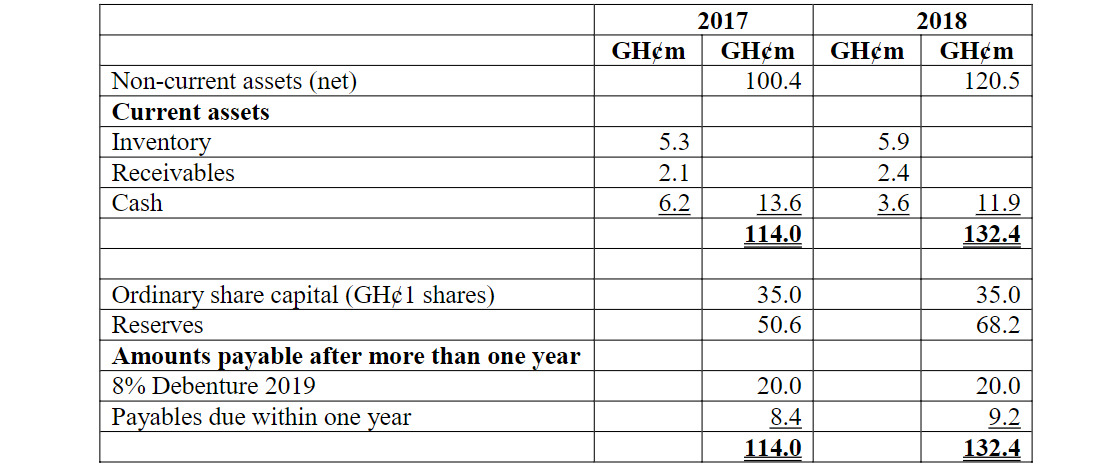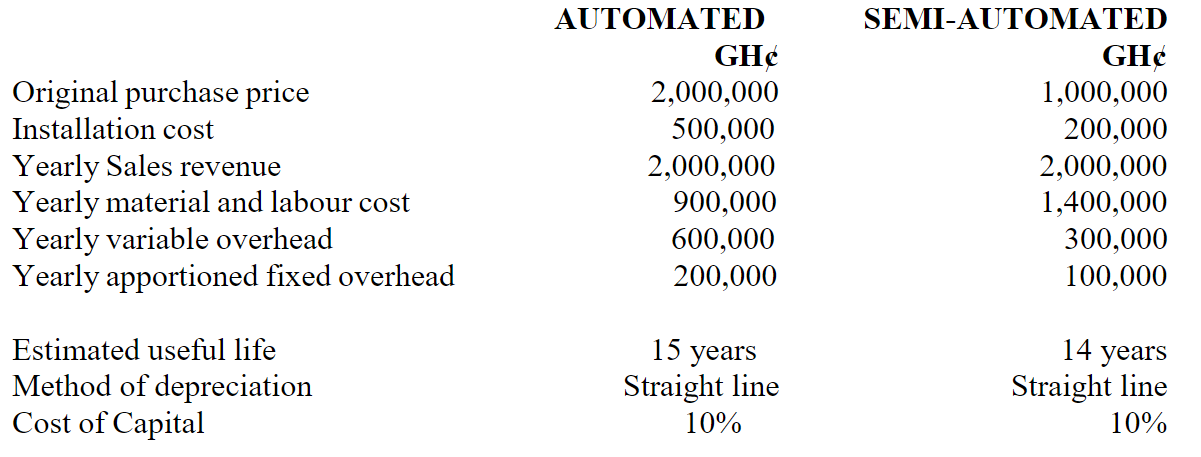- 9 Marks
CSME – Nov 2019 – L2 – Q6c – Ethics in Business
Discusses ethical non-consequentialism with a focus on duty and highlights problems associated with this ethical theory.
Find Related Questions by Tags, levels, etc.
- Tags: Deontological Ethics, Duty Ethics, Non-Consequentialism
- Level: Level 2
- Topic: Ethics in Business
- Series: NOV 2019
Report an error







